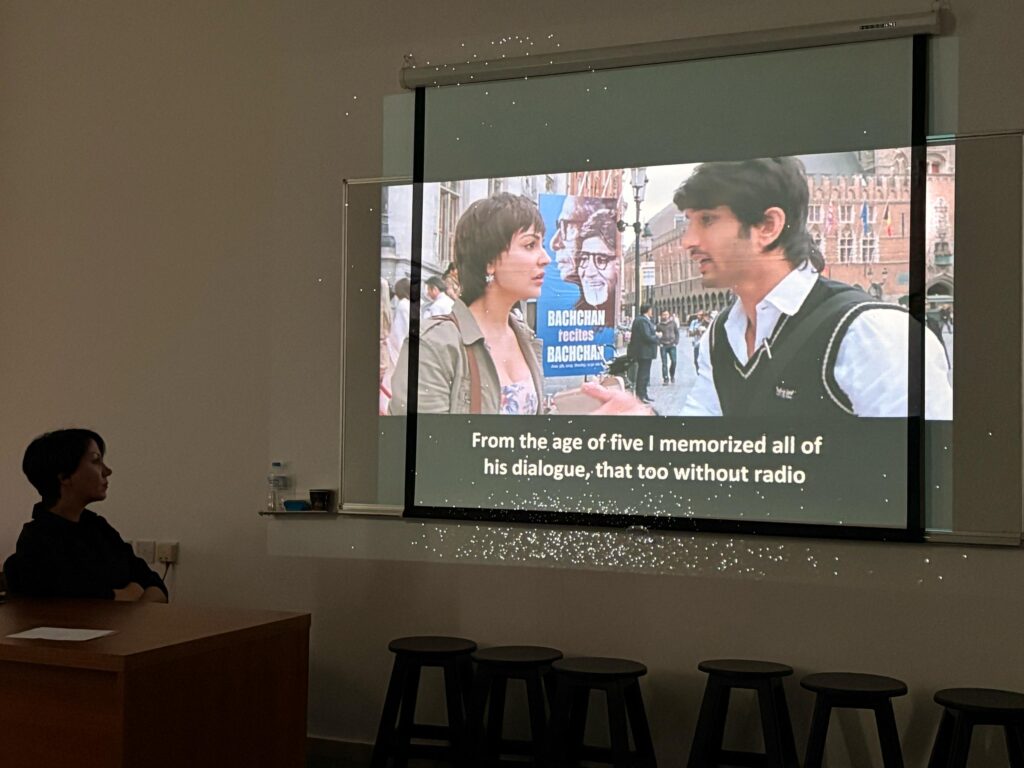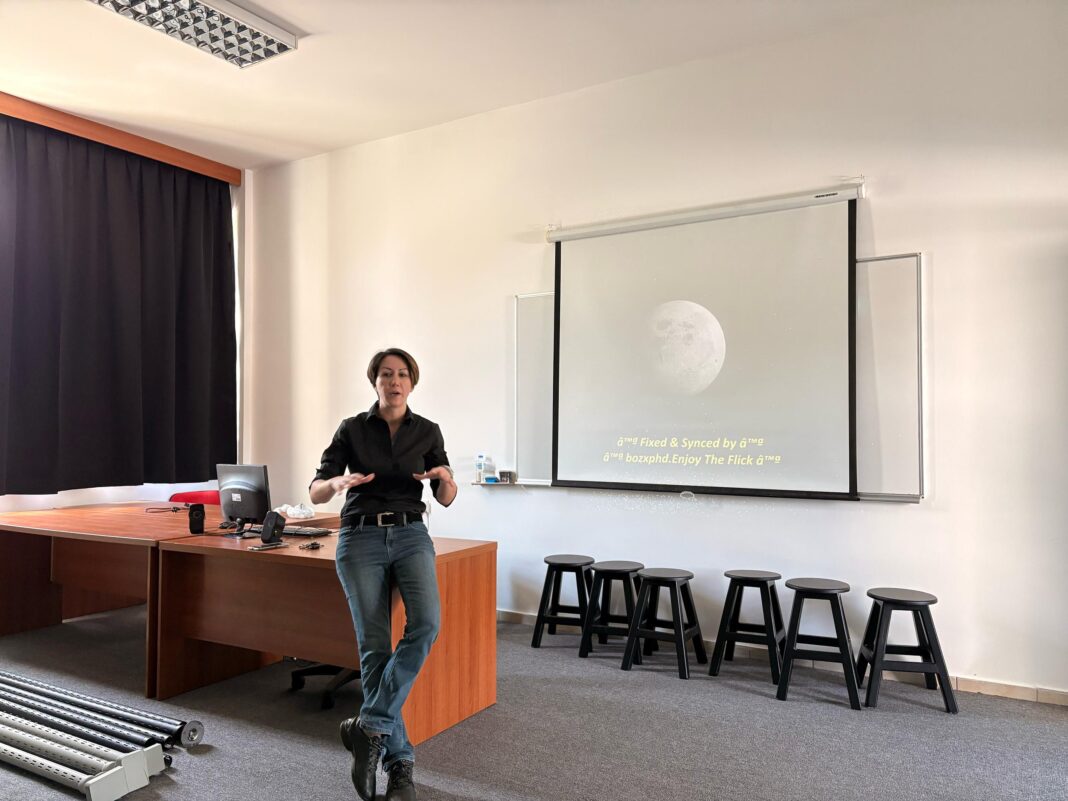By Khadija Salisu Gambo
The Faculty of Communication of the Near East University held an engaging session under the 10th International Media Workshop titled “Cinema and Semiotic Reading”. Asst. Prof. Dr. Sarvenaz Safavi engaged the participants by defining what media means and how it connects with the audience.
“We Just Need To Learn The Language“
Of the many interpretations, Asst. Prof. Safavi described cinema as the most interesting interpretation of semiotics -or signs- going beyond just dialogues or action. At the beginning, Dr. Safavi mentions that “Cinema speaks in signs- we just need to learn the language.” She explains how media is a system of different signs. In her words, “Cinema speaks in we just need to learn the language. Semiotics gives us the tools to read films the way we read texts.”
In the hour-long workshop, Safavi informed students that the word sign has its origin in Latin word “Signum”. Safavi told the students that the science of signs is called semiotics. According to Safavi, semiotics originated from Swiss linguist Ferdinand de Saussure, who used the term ‘semiology’ in the early 1900s. Safavi also gave some information about American philosopher Charles Sanders Peirce. She informed the students that Saussure and Peirce had different ideas about the sign, and she gave her time to discuss Peirce’s theory. Safavi also elaborated on Peirce’s classification of signs: an icon is what a sign looks like; an index is a relationship or cause-and-effect; a ‘symbol’ is the meaning of the sign that one learns through culture and knowledge.She explained that the way we interpret a logo or body language is semiotics, and that even the signals as simple as a traffic light are also semiotics. She said, “Signs are not limited to cinema. We decode them every day; we just don’t realize we’re doing it.”

Bollywood’s PK as a Semiotic Playground
Safavi conducted a case study using a scene from Bollywood’s PK. The students discussed key semiotics including love, kiss, music, pecking, stealing, relationship, comedy and setting. She explained to the students that the background, the dance pose, the love at first sight — all served as index signs. The hand and face gestures, man–woman actions, index, and symbol make the whole of PK. “In PK even the smallest action – look, touch signifies something. That is semiotics”, she said.
The students also participated in a discussion regarding the scene, gaining insights on how cinema both shapes and reflects the values and beliefs of the society functioning through its sign system.


 /<
/<



